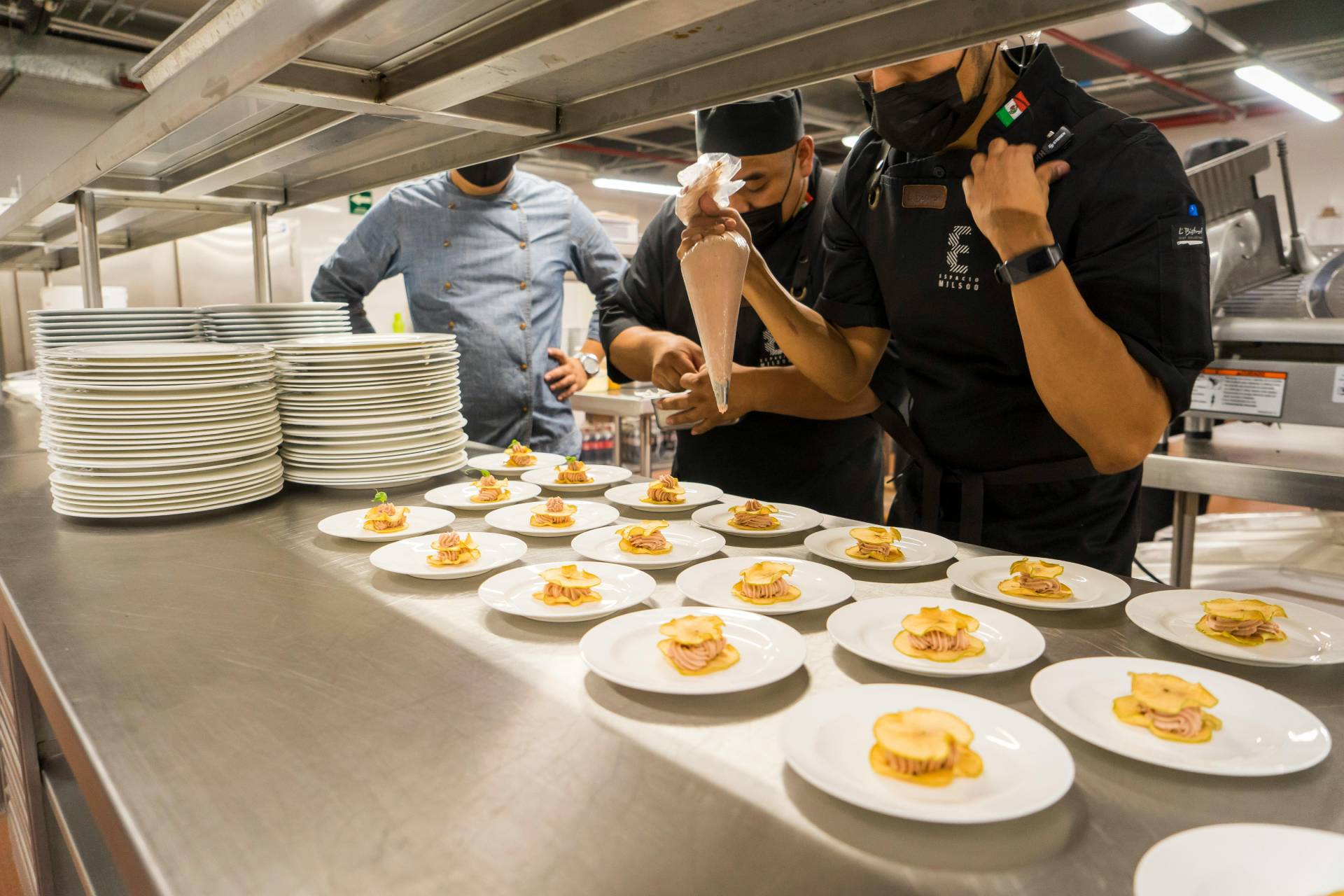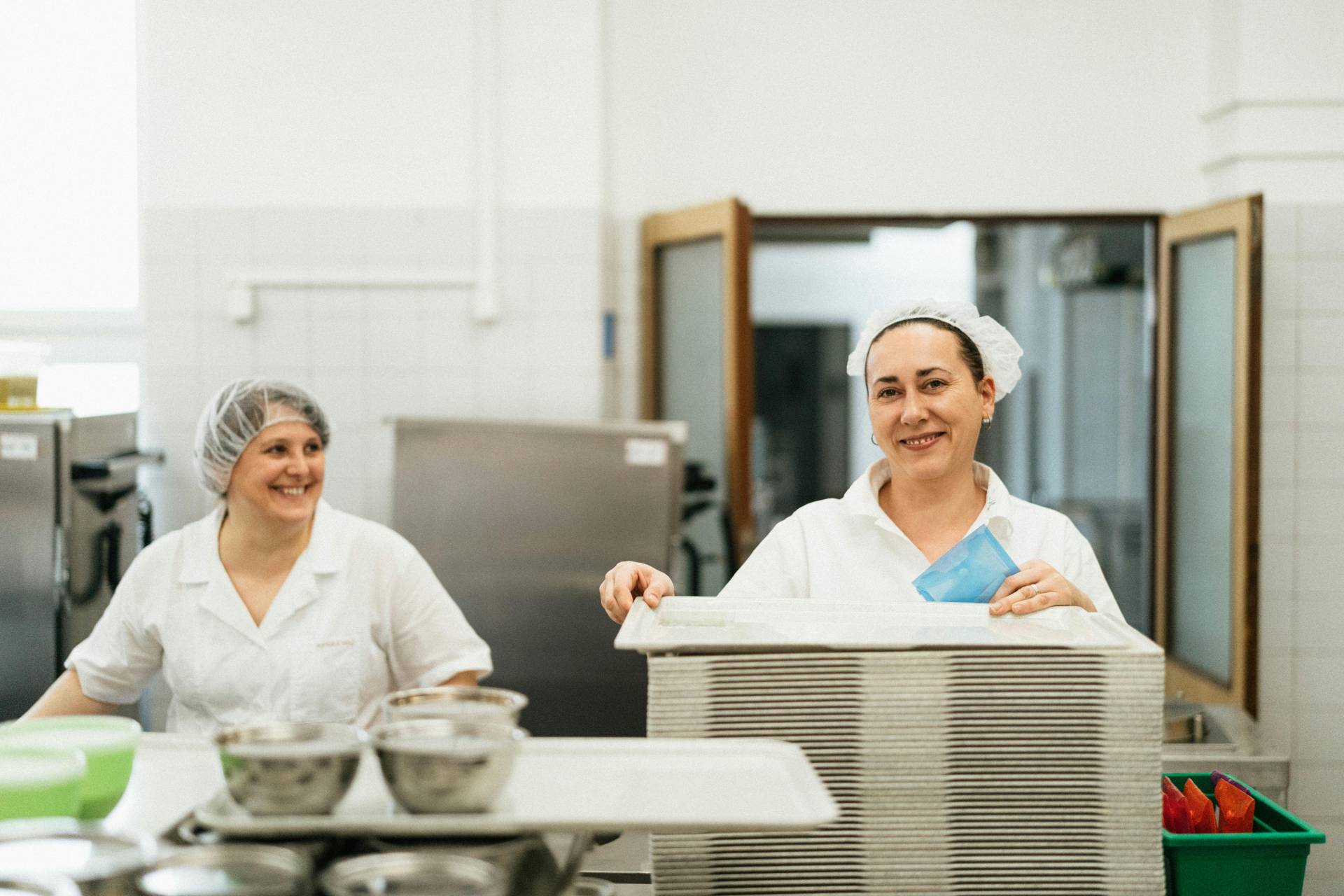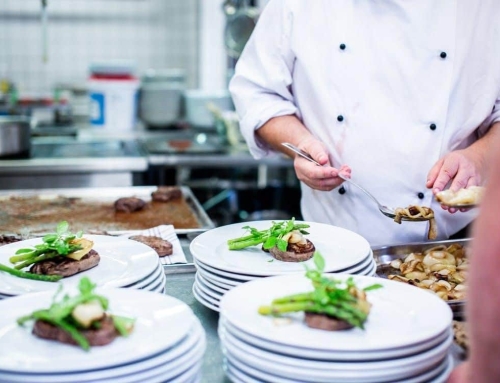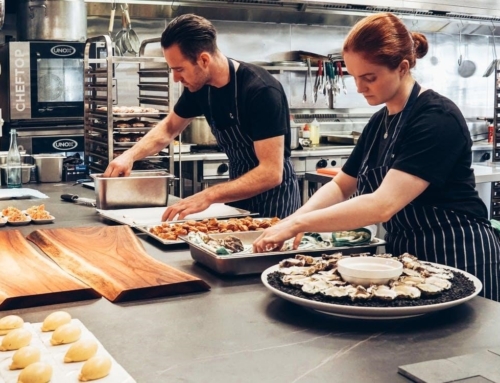You might be reading this article because your food safety culture looks something like this:
- Employees not washing their hands regularly
- Food being stored at improper temperatures
- Lax enforcement of food safety protocols
- Staff unaware of food allergens and cross-contamination risks
- Minimal focus on ongoing training for food safety
These are all examples of a negative food safety culture, where businesses in the food industry risk not only regulatory fines but also customer dissatisfaction and potential foodborne illness outbreaks. One slip-up in food safety can quickly spiral into customers becoming ill, bad reviews, financial losses, and a damaged reputation that’s tough to rebuild. The lasting impact of these incidents can be overwhelming, making it crucial for businesses to build a strong food safety culture that protects both their customers and their operations.
In this article, we will walk you through transforming your business’s food safety culture into one that prioritizes safe practices and ensures your employees are empowered to deliver high-quality food.
What Is a Food Safety Culture?

A food safety culture is the collective mindset, values, and behaviours of an organization when it comes to handling food safely. It reflects how seriously every member of the team—whether in the kitchen or the boardroom—takes food safety in their day-to-day work. When food safety is prioritized from the top down, it influences decision-making, training, and the overall approach to maintaining a safe environment. This culture impacts everything from food handling procedures to the way teams communicate about potential risks.
In a workplace with a strong food safety culture, employees naturally make safety a part of their everyday routines. This means that every individual, from the kitchen staff to management, takes ownership of food safety. Here’s what that looks like in practice:
- Proactive Hygiene Practices: Employees consistently wash their hands, use personal protective equipment (PPE), and maintain high levels of cleanliness without needing constant reminders.
- Proper Food Handling and Storage: Food products are always stored at the correct temperatures, labelled accurately, and handled with care to avoid contamination.
- Regular Team Communication: Frequent weekly meetings ensure everyone is up-to-date on the latest safety protocols, giving staff a platform to discuss food safety concerns and improvements.
- Allergen Awareness and Cross-Contamination Prevention: Staff are well-versed in food allergens, how to prevent cross-contact, and are vigilant about maintaining safe food environments for all customers.
- Ongoing Training and Development: Employees regularly participate in training to reinforce their knowledge of food safety systems, helping them stay vigilant on best practices.
A positive food safety culture is more than just a set of guidelines; it’s a mindset where safety becomes second nature, creating a suitable environment where the entire team is aligned and committed to delivering safe, high-quality food. This approach ensures regulatory compliance and long-term success by fostering a good food safety culture that prioritizes food safety throughout the organization.
Why Is a Strong Food Safety Culture Important?
Prevents Illness and Death
A poor food safety culture can lead to serious outcomes, including foodborne illness and, in extreme cases, death. Maintaining a positive food safety culture is crucial to preventing these risks and ensuring customer health remains the top priority.
Ensures Regulatory Compliance
Meeting food safety standards helps avoid fines and keeps your food business in good standing with health inspectors.
Prevents Financial Losses
A foodborne illness outbreak can lead to lost sales, customer distrust, and long-term damage to your company’s reputation.
Increases Employee Engagement
A strong commitment to food safety empowers employees to take ownership of their roles, feel proud of their work, and contribute to maintaining a positive food safety culture.
Prevents Reputational Damage
A strong food safety culture protects your business from reputational harm. Even one incident can lead to negative publicity, social media backlash, and a loss of customer trust.
How to Improve Your Food Safety Culture

1. Lead by Example
As a leader, it’s essential to model good food safety practices at all times. When management prioritizes safety, employees are more likely to follow suit. Show them what proper food handling, hygiene, and compliance look like in practice. Whether it’s washing your hands before entering the kitchen or following storage guidelines, leading by example sets the tone for the entire team and reinforces the importance of these practices.
2. Encourage Ongoing Training
Food safety is always advancing, so keeping your team updated on the latest protocols is crucial. Regular, engaging training sessions ensure your employees stay informed about current regulations and best practices. Incorporate real-world examples to make the training relatable and memorable.
Pro tip: SafeCheck® offers courses like the 25 Pack Food Handler Course and HACCP Managers Certificate to ensure your team understands everything from basic food handling to advanced safety systems.
3. Empower Employees
Create an environment where employees feel comfortable raising safety concerns without fear or retribution. Encourage open communication and ensure that all feedback is taken into consideration. Whether it’s about potential risks they notice or suggestions for improving processes, empowering your staff to voice their concerns helps build a proactive food safety culture. Make it clear that safety is everyone’s responsibility and that their input can help prevent foodborne illnesses.
4. Implement Clear Procedures
Ensure employees have a clear understanding of proper procedures for food handling, personal hygiene, allergen awareness, and the prevention of unsafe practices. Make sure these procedures are clearly communicated, easily accessible, and consistently enforced. Providing step-by-step instructions and visual guides can help employees fully understand the importance of each process and how it contributes to the overall safety culture. Regularly revisit these procedures to ensure they remain effective and relevant.
5. Track Progress
Tracking progress is key to ensuring your food safety culture is effective. Use tools to measure the effectiveness of your food safety culture, such as employee feedback and regular audits. Tools like checklists, observation logs, and digital tracking systems can provide insights into areas that need improvement. Share the results with your team, celebrate successes, and address any areas of concern together. This ongoing evaluation helps identify gaps and reinforces accountability.
6. Communicate Effectively
Foster a suitable environment where food safety is discussed, and effective communication is emphasized regularly through weekly meetings or newsletters. Effective communication also means listening to employee concerns and providing clear answers. By creating a collaborative environment where food safety is an ongoing priority, you guarantee everyone stays informed, engaged, and committed to maintaining high standards.
The Best Way to Improve Your Food Safety Culture

Investing in the right food safety training is the most important commitment you can make to build a strong food safety culture and protect the health and safety of your customers. SafeCheck® offers a variety of courses designed to help food businesses ensure employees are trained in proper procedures and regulatory compliance. Below is a selection of courses and course packs that may interest you:
- 25 Pack Food Handler Course
- 50 Pack Food Handler Course
- HACCP Managers Certificate
- Food Allergen for Restaurants Course
Giving your team the right tools and knowledge is key to fostering a positive food safety culture. With the right training, they’ll confidently maintain safe food practices, keep customers happy, and set your business up for long-term success. Invest in SafeCheck® food safety courses today to empower your team and create a safer food environment!





